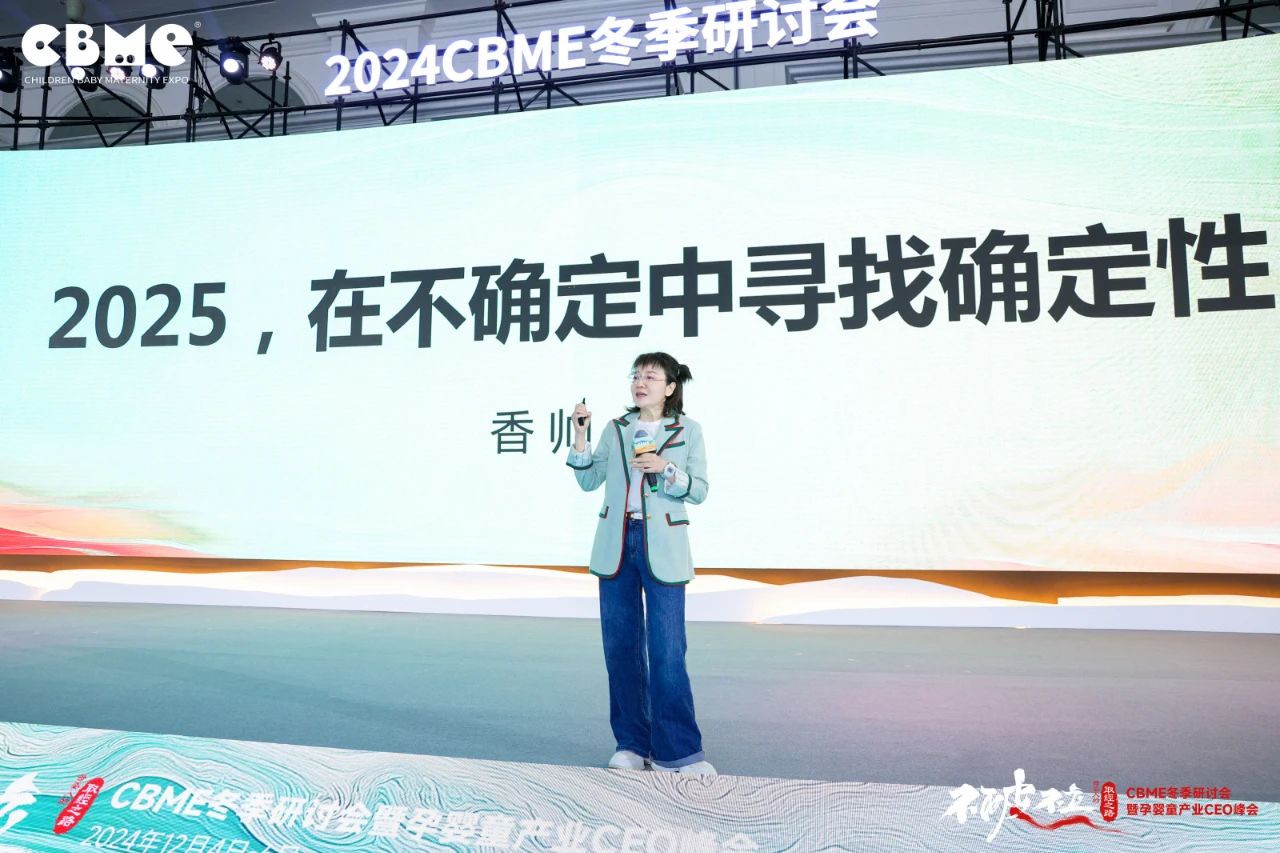
On March 14, 2016, the WTO circulated notification document number 16-1443 [1] announcing a draft regulation from the European Union (EU) on the use of bisphenol A (BPA) in food contact materials and articles. The draft regulation has a number of important changes, including:
-
Strengthening the migration limit of BPA from 0.6 mg/kg to 0.05 mg/kg under Regulation (EC) 10/2011 (The ‘Food Contact Plastics’ Regulation)
-
Expanding the migration limit of 0.05 mg/kg for BPA to varnished or coated materials and articles intended to come into contact with food.
-
Requiring a written declaration of conformity (DOC) for varnished or coated materials and articles in accordance with Annex I of the Regulation.
The prohibition of BPA in polycarbonate infant feeding bottles remains unchanged.
BPA is used in the manufacture of plastic food contact materials and articles and extensively in epoxy resins for varnishes and coatings, particularly in food cans and tins. The proposed revision to the migration limit of BPA is due to new scientific data on toxicokinetics.
According to the notification, the regulation is proposed to be adopted and published in the Official Journal of the EU (OJEU) in September 2016. The proposed effective date is March 2017; 6 months after date of entry into force of the Regulation.
Highlights of a comparison on BPA migration in the Draft Regulation and Regulation (EC) 10/2011 are summarised in Table 1
SGS technical experts have extensive knowledge and testing experience in materials and articles in contact with food. They work to ensure that your products meet the appropriate regulations for food contact materials and pave the way for compliance. From overall migration test to expert advices on emerging regulations and compliance issues and documentation review, SGS is the partner to trust.
Source: www.sgs.com









